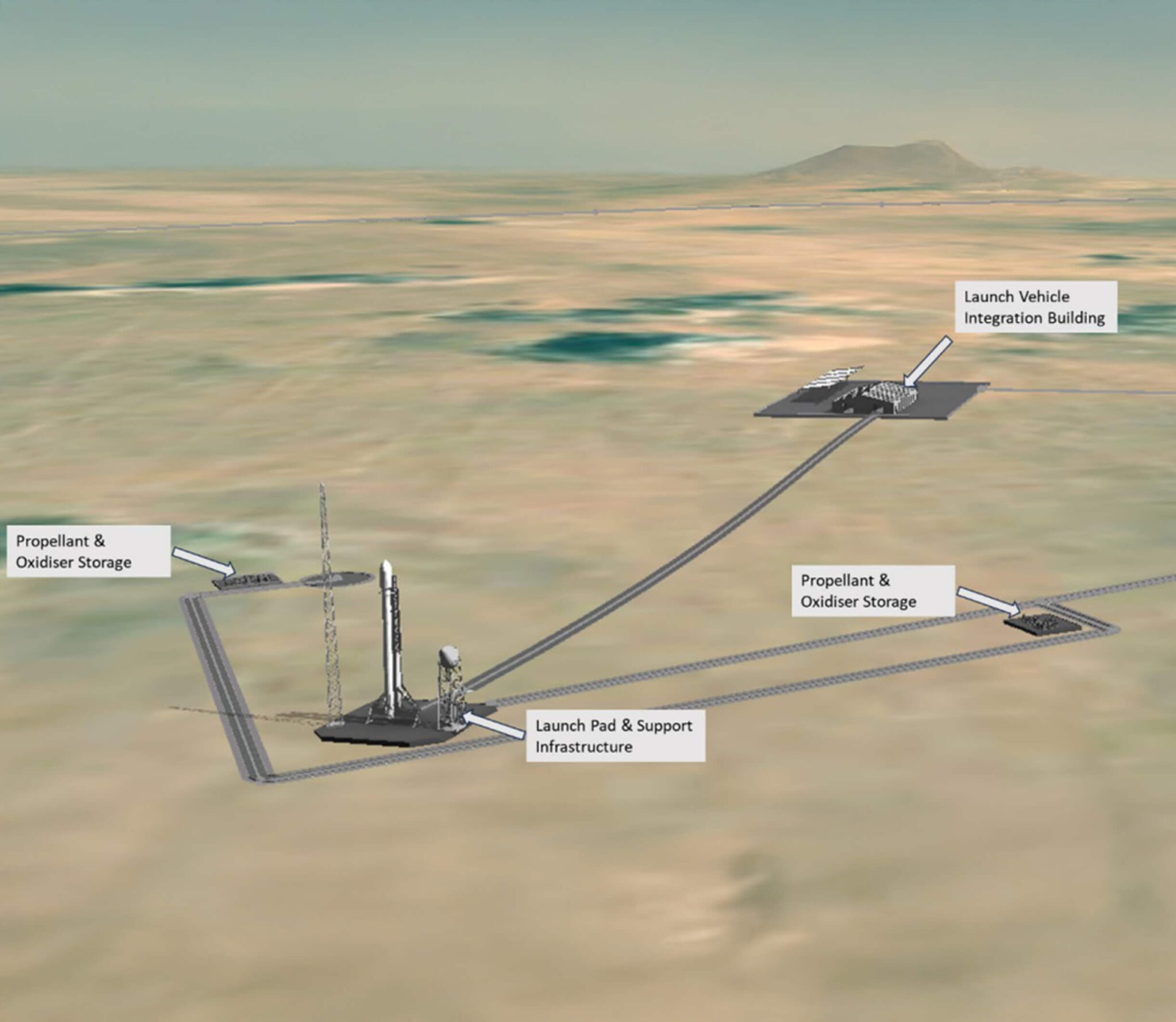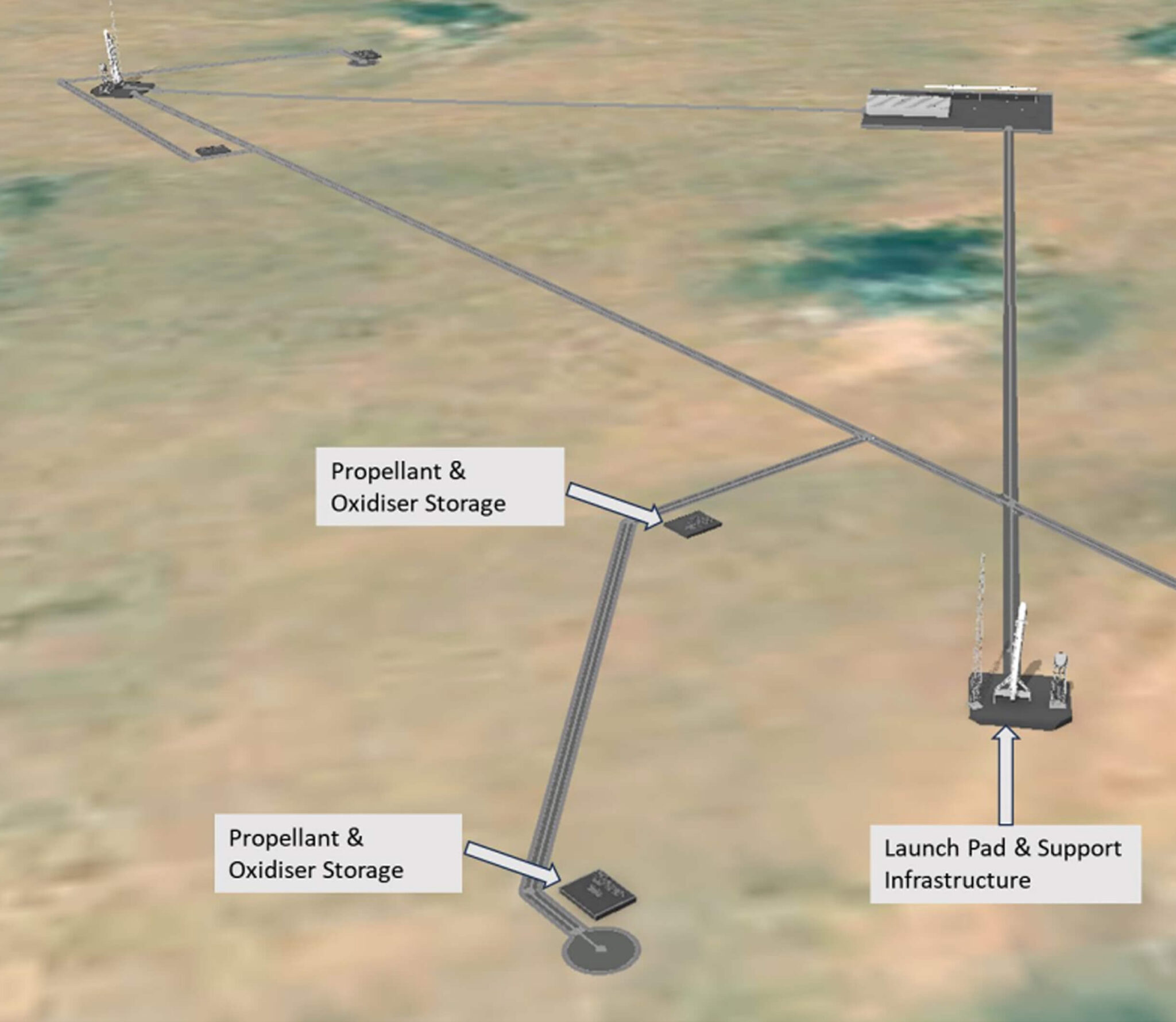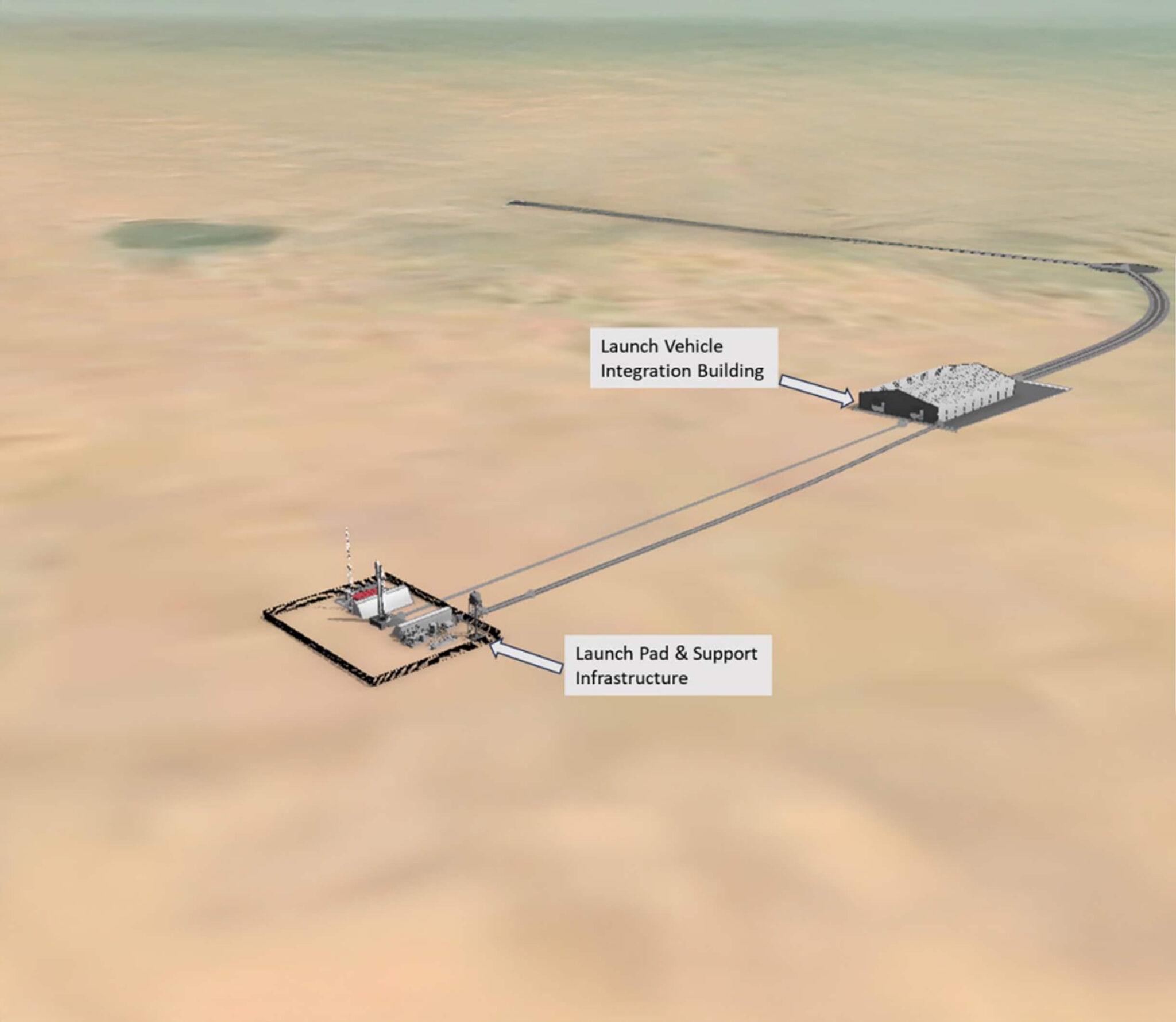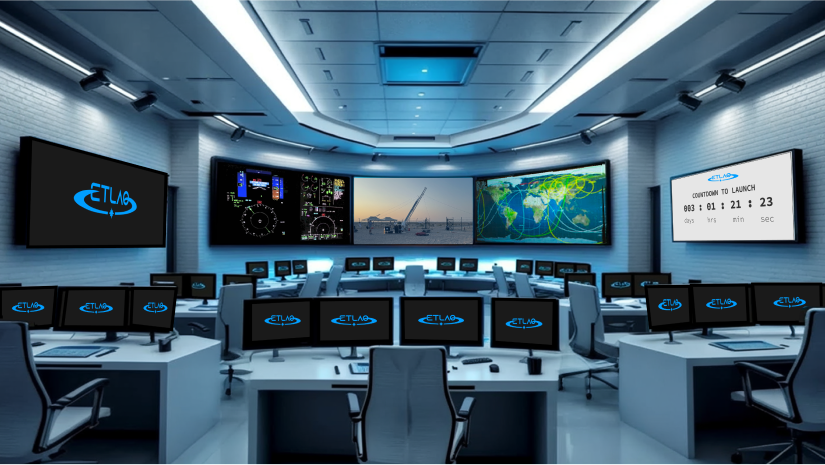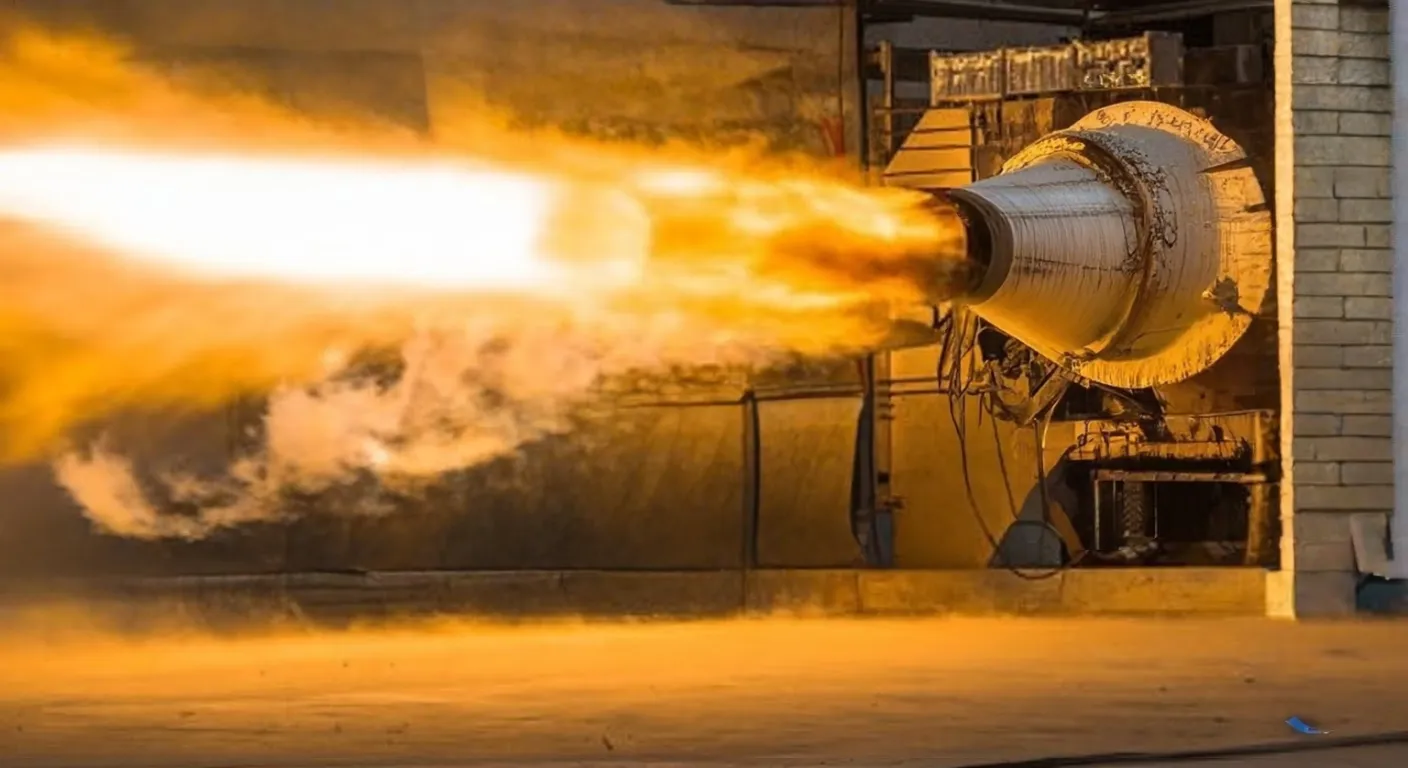Launch
Complexes
Etlaq Spaceport is designed to accommodate a full range of launch vehicles, from micro-launchers to heavy-lift rockets. Our three dedicated launch complexes provide a scalable and flexible launch environment, complete with cutting-edge facilities for integration, testing, and mission operations.
